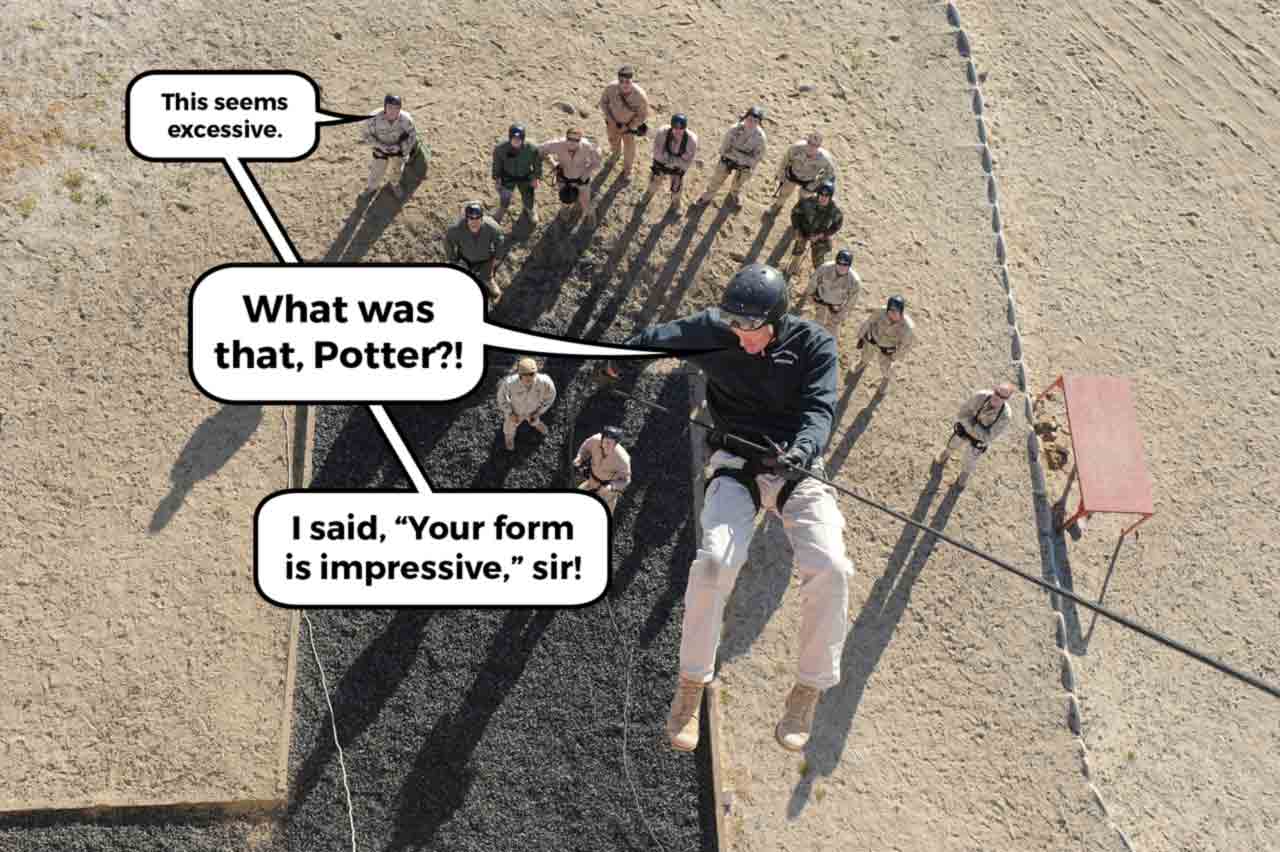With insufficient planning and preparation, your customer feedback strategy may stumble, you may lose team members along the way, or find yourselves lost in a sea of information. Let's avoid such painful struggles by going over nine steps to maximize your chances of success.
Step 1: Involve the field in the design of the program.
Early on, our most successful banking clients took time to plan their programs with representatives from branch operations, contact centers, and digital channels. We recommend you do the same. This type of early collaboration helps by:
- Letting operations feel invested in the program.
- Providing an opportunity to uncover potential obstacles to success.
- Presenting effective messaging and channels.
- Spurring field agents to drive buy-in and socialization.

Step 2: Communicate to all employees.
You may be tempted to limit communications to departments or individuals who will be receiving and responding to customer feedback. But in our experience, you'd be better served to tell the entire organization about the program.
We suggest a pre-launch communication by a program sponsor that includes the Whats and Whys of the program. Any employees who interact directly with customers should receive an FAQ document, so they are prepared to respond to any questions that may arise from customers. Also take time to let backstage employees know how important their role is in delivering an exceptional customer experience. While customers may be giving feedback on the frontline, the back office is an invaluable piece of the puzzle.
Step 3: Decide who will be responsible for closing the loop with individual customers.
Before you launch your program, decide who will follow up with which customers, decide the scenarios in which that follow-up will happen, and set clear performance standards.
Here's the typical approach to acting on customer feedback for a location-based business like a bank: the branch or channel that owns the customer, or the interaction is responsible for follow-up. But some banks take a hybrid approach. When those branches receive feedback on things outside of their span of control (e.g., digital channel issues), that feedback is parsed out to the appropriate internal departments for action and follow-up.
This is another reason why cross-departmental involvement is important. Your ability to develop cross-team rapport and effective systems for customer feedback management are crucial for closing loops with customers.
Step 4: Train those responsible for alert follow-up.
Online training with all Loop-Closers will ensure they know how to respond to a received alert. This training should ground them in the basics of customer feedback, the metrics you have chosen, who will be invited to give feedback, how often they'll receive it, and what their role is in following up. Any service standards around communicating with customers, as well as authority levels for resolving customer issues, should be outlined at this time as well.

Step 5: Launch slowly.
We recommend piloting in a region or among a small group of customers. While it is rare for anything to go wrong if you are partnering with a professional Voice of the Customer vendor, we would still recommend that you start slowly. Don’t roll out across your entire footprint and across all channels overnight. One good reason for pilot testing is to assess the volume of alerts you are likely to receive. That way you can determine resourcing requirements, or even take adaptive actions like altering alert logic to help you manage the expected volume.
Step 6: Share successes early and often.
The minute you start hearing from your customers on a daily basis marks the start of your bank's transformation to customer centricity. Hearing from customers is powerful. Whether you hear stories of engagement and delight, or disappointment and detraction, every time a customer provides feedback, you have an opportunity to turn it into a success story.
Tell stories about customers who love you and why they do. Share tales about customers who were disheartened and how the bank turned it around. By presenting these stories in company meetings, newsletters, and departmental get togethers, you'll start building a culture centered on customer experience improvement.
Step 7: Hold people accountable for alert follow-up and storytelling.
Clients who have realized stair-step improvements after a period of time all have one thing in common: a senior leader who holds the organization accountable for follow-up, action, and improvement.
Many Voice of the Customer programs (including our CustomerMetrics platform) make it easy for managers and leaders to monitor progress on alerts. That feature helps leaders track items like whether customers are contacted within agreed service standards, and can also push reports to leadership containing information like the average number of days to close alerts, the average number of alerts handled by manager, and similar metrics.

If you strive for transparency, metrics, and oversight, you'll make habits of action and follow-up.
Step 8: Review results with regional and bank leadership regularly.
As a leader of your bank or credit union, you must be willing to dedicate time on every agenda for reviewing feedback, aggregate scores, and progress on customer experience improvement initiatives. This discipline, combined with storytelling, can keep a constant focus on driving progress and growth, as well as your progress toward customer centricity.
Step 9: Tie to incentive pay (only when the organization is ready).
One of the most frequently asked questions we hear about Voice of the Customer programs relates to incentive pay. Is it wise to tie compensation to customer feedback? And, if so, how and when?
This, like anything else in the feedback world, has to be handled carefully. Over the years we have learned that linking to compensation does drive significant improvements, but certain foundational steps have to be taken first:
- Employees need to understand what is being measured.
- They have to feel in control of the metrics.
- They need to be equipped with the tools and skills that will drive improvements in the metrics they are being rewarded on.
- Fraud (e.g., manipulating the scores or encouraging customers to give perfect ratings) should be handled swiftly and publicly.
Which approach should you take?
Wondering which approach you should take to assigning responsibility for alert closing? Download our FREE Infographic that outlines the benefits and considerations of the three models for closing the loop with customers.





%20(1).png)